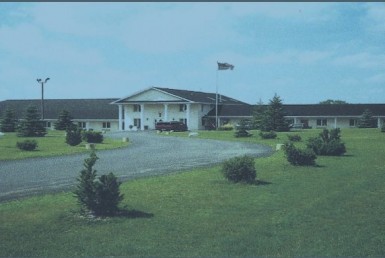Real estate is a tangible asset and a type of real property. Real property includes land, buildings and other improvements, plus the rights of use and enjoyment of that land and all its improvements. Renters and leaseholders may have rights to inhabit land or buildings that are considered a part of their estate, but these rights themselves are not, strictly speaking, considered real estate.
Unlike other investments, real estate is dramatically affected by its surroundings and immediate geographic area. Hence the well-known real-estate maxim “location, location, location.” Except for a severe national recession or depression, residential real estate values, in particular, are affected primarily by local factors. Such factors include the area’s employment rate, the local economy, crime rates, transportation facilities, quality of schools, municipal services, and property taxes.









